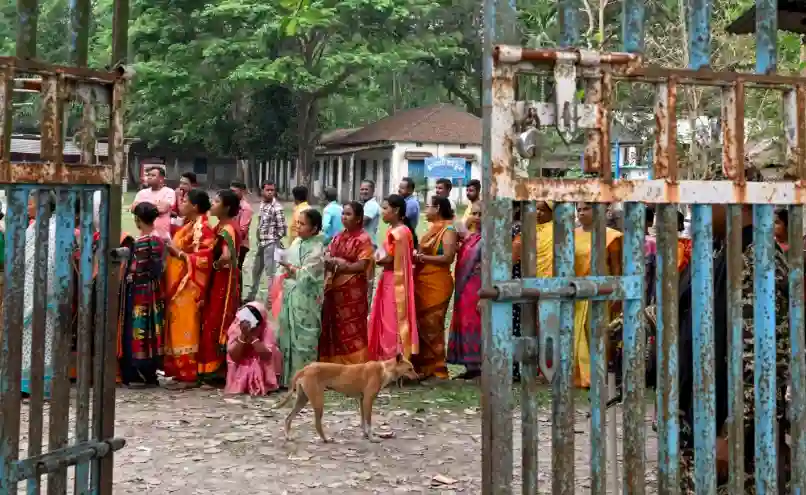As the democratic juggernaut of India gears up for its mammoth electoral exercise, the world watches with bated breath. With above 900 million eligible voters, India’s general elections stand as the largest democratic event globally, embodying the nation’s commitment to democratic ideals and participation.
Table of Contents
Understanding the scale:
The sheer scale of India’s elections is awe-inspiring. Spanning across 29 states and 7 union territories, the logistical challenges are immense. From the snow-capped peaks of the Himalayas to the sun-kissed beaches of the Indian Ocean, every corner of this vast nation pulsates with political fervor during election season.
The Electoral Process:
India’s electoral process unfolds in multiple phases over several weeks to accommodate the vast electorate. The Election Commission of India orchestrates this mammoth operation with meticulous planning and execution. Electronic Voting Machines (EVMs) ensure a swift and transparent voting process, even in the most remote corners of the country.
Diverse Political Landscape:
India’s political landscape is as diverse as its cultural tapestry. With a myriad of political parties vying for power, coalition politics often takes center stage. From regional heavyweights to national stalwarts, every party brings its unique agenda and vision for the nation.

Key Issues:
As the electorate casts its vote, a multitude of issues weigh on their minds. From economic reforms to social justice, from national security to environmental sustainability, the electorate seeks candidates who resonate with their aspirations and concerns.
The Role of Technology:
In an era of digitization, technology plays a pivotal role in India’s electoral process. Social media platforms buzz with political discourse, shaping public opinion and mobilizing voters. Political parties harness the power of data analytics and targeted campaigning to reach voters with precision.
Youth empowerment:
India’s youth constitute a significant chunk of the electorate, wielding immense influence in shaping electoral outcomes. With their aspirations and demands, the youth demographic is a force to be reckoned with, driving political discourse towards issues that resonate with them.
Global implications:
The outcome of India’s elections reverberates beyond its borders, impacting geopolitics and global markets. As the world’s largest democracy, India’s choices shape regional dynamics and influence international relations.
Election Timeline:
The current election process in India commenced on 19th April 2024. Since then, the nation has been gripped by election fever, with political parties and candidates crisscrossing the country to woo voters and garner support for their respective agendas.
Conclusion:
India’s electoral saga is not merely a political event; it’s a celebration of democracy in all its vibrancy and diversity. As the nation heads to the polls, it reaffirms its commitment to the democratic ethos enshrined in its constitution. With every ballot cast, India marches forward on its journey towards a more inclusive and prosperous future.
Read More:
Elites Play Kingmaker as Haiti Burns: Machete Militias vs. Gangs in Port-au-Prince
